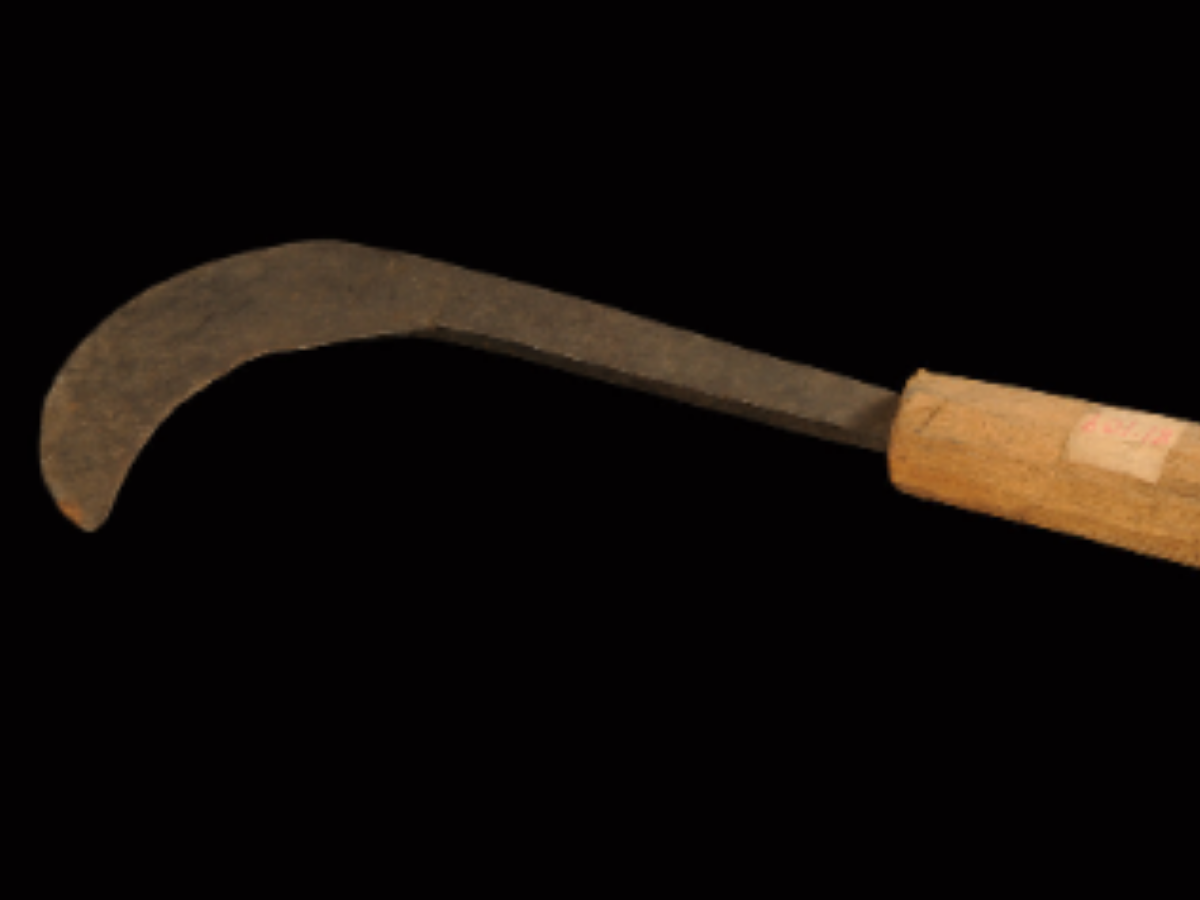State
Tribe Name
Art Type
short description
It is considered one of the biggest tribes, as well as the most talked about, within the bounds of Odisha and Andhra Pradesh, not forgetting Chhattisgarh. They are indeed indigenous and nature-specific people associated with agriculture and traditional crafts. So, one of the Khonds' sources of pride is that they have various customs, are warriors, and also cultural heritage, which they uphold and keep up to now.
Thumbnail

Filter Postion
Left
Filter Background
Off
Theme
Filter Header Image

content
Image

description
It is considered one of the biggest tribes, as well as the most talked about, within the bounds of Odisha and Andhra Pradesh, not forgetting Chhattisgarh. They are indeed indigenous and nature-specific people associated with agriculture and traditional crafts. So, one of the Khonds' sources of pride is that they have various customs, are warriors, and also cultural heritage, which they uphold and keep up to now.
For them, the dao is importantly tied to everyday living. It is an iron blade shaped like a murder: it is curved with a strong wooden handle. The dao is used mainly for agriculture, hunting, or cut firewood; hence, it becomes an indispensable weapon used for survival by the Khonds. For ages, Khond blacksmiths have been making daos by traditional methods of iron smelting, something that is passed from generation to generation (Elwin 1950).
The dao is not just a tool, for the Khonds it also holds a cultural and spiritual significance. Offerings to deities in religious ceremonies, particularly to Tari Penu, the Earth Goddess, are made by the Khonds using daos, and they seek her blessings for protection and prosperity through time immemorial (Mohanty, 2012). In antiquity, daos were also used by Khonds in battle to protect their land, thus becoming a symbol for their rebellion and valour against the invading foreign powers (Pattnaik, 2018).
The Khonds would not like to part with the use of daos; they have maintained it alive and well, even today, which might well have begun with what we have termed as tradition. The dao well represents their prideful heritage and is here to last; but it is a simple but powerful tool-it is the symbol of strength, independence, and extraordinary communion with nature.
For them, the dao is importantly tied to everyday living. It is an iron blade shaped like a murder: it is curved with a strong wooden handle. The dao is used mainly for agriculture, hunting, or cut firewood; hence, it becomes an indispensable weapon used for survival by the Khonds. For ages, Khond blacksmiths have been making daos by traditional methods of iron smelting, something that is passed from generation to generation (Elwin 1950).
The dao is not just a tool, for the Khonds it also holds a cultural and spiritual significance. Offerings to deities in religious ceremonies, particularly to Tari Penu, the Earth Goddess, are made by the Khonds using daos, and they seek her blessings for protection and prosperity through time immemorial (Mohanty, 2012). In antiquity, daos were also used by Khonds in battle to protect their land, thus becoming a symbol for their rebellion and valour against the invading foreign powers (Pattnaik, 2018).
The Khonds would not like to part with the use of daos; they have maintained it alive and well, even today, which might well have begun with what we have termed as tradition. The dao well represents their prideful heritage and is here to last; but it is a simple but powerful tool-it is the symbol of strength, independence, and extraordinary communion with nature.
Image Mode
landscape
promoted
On
Verified
Off
